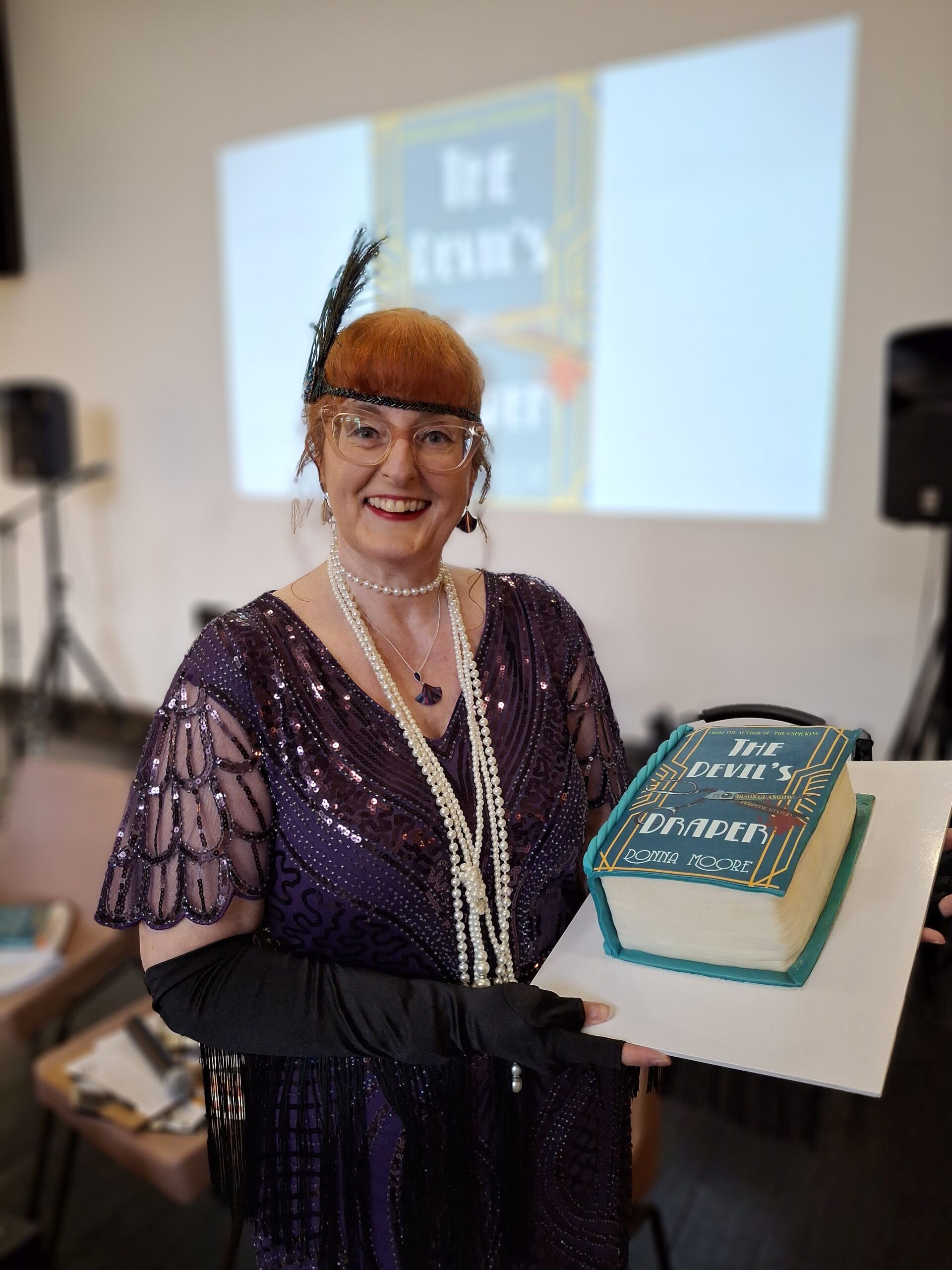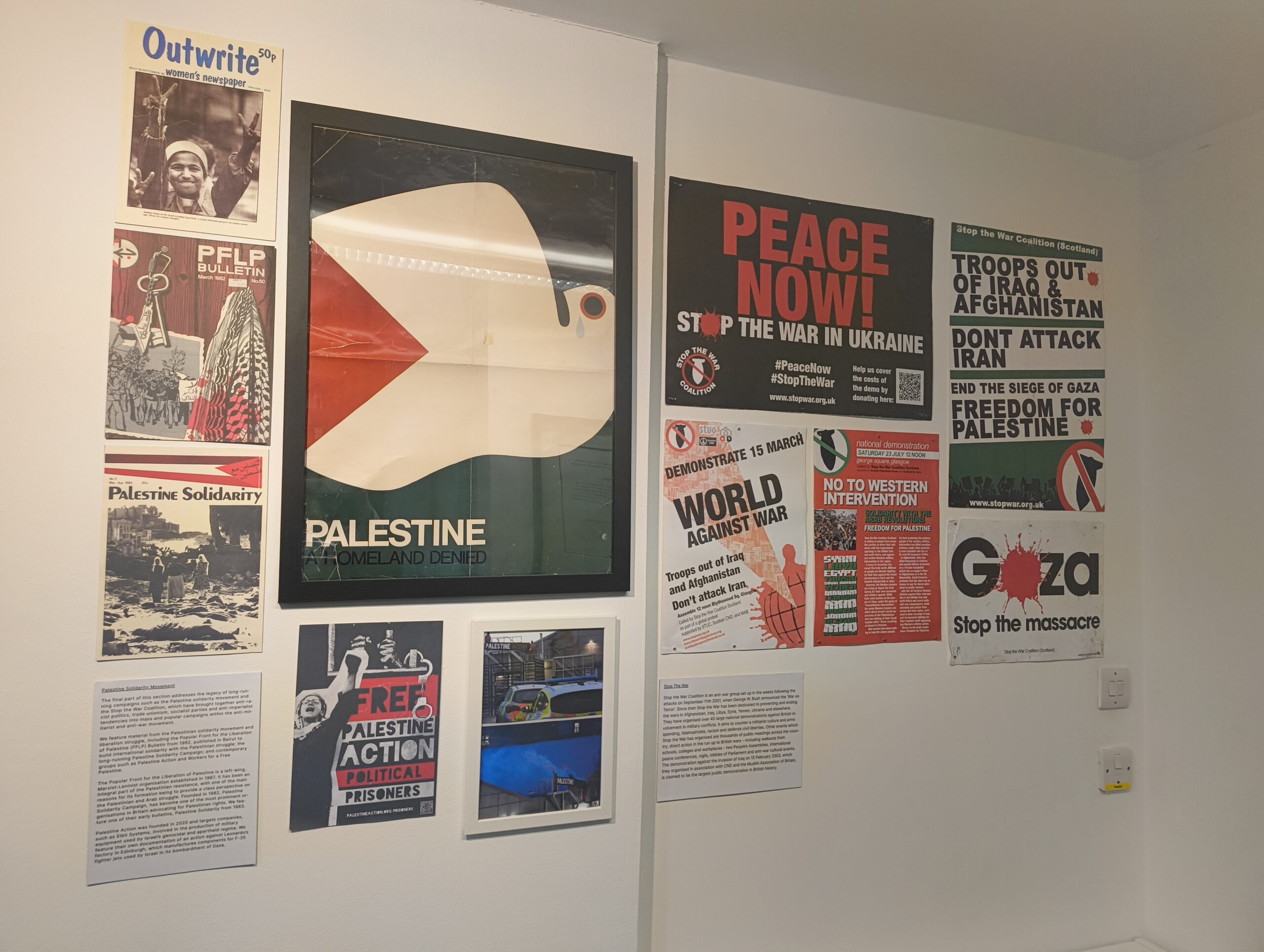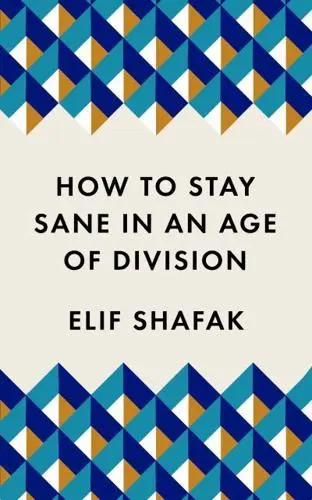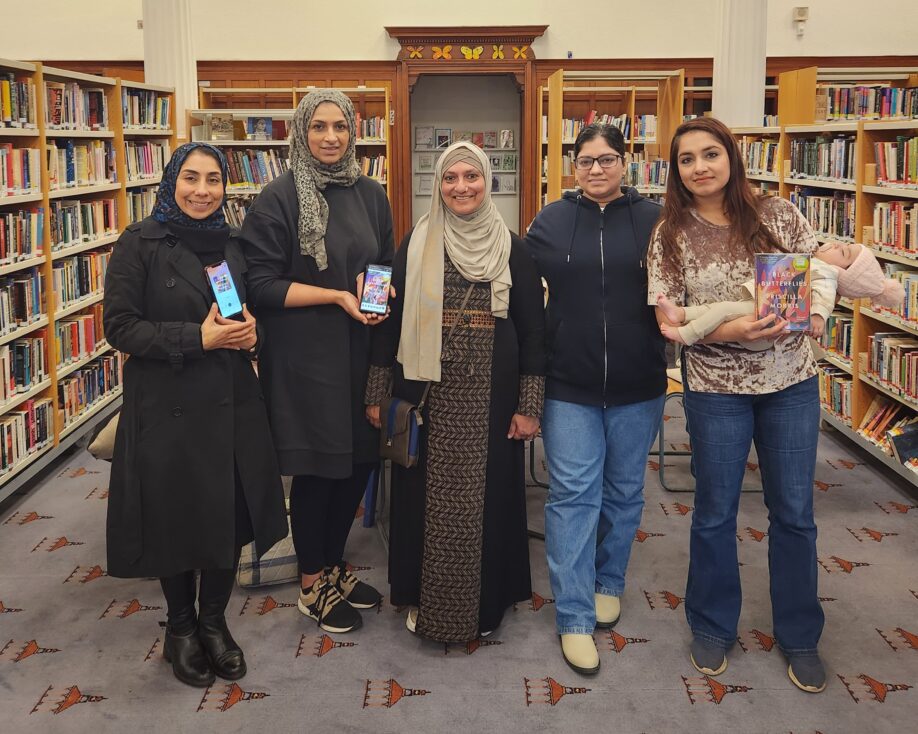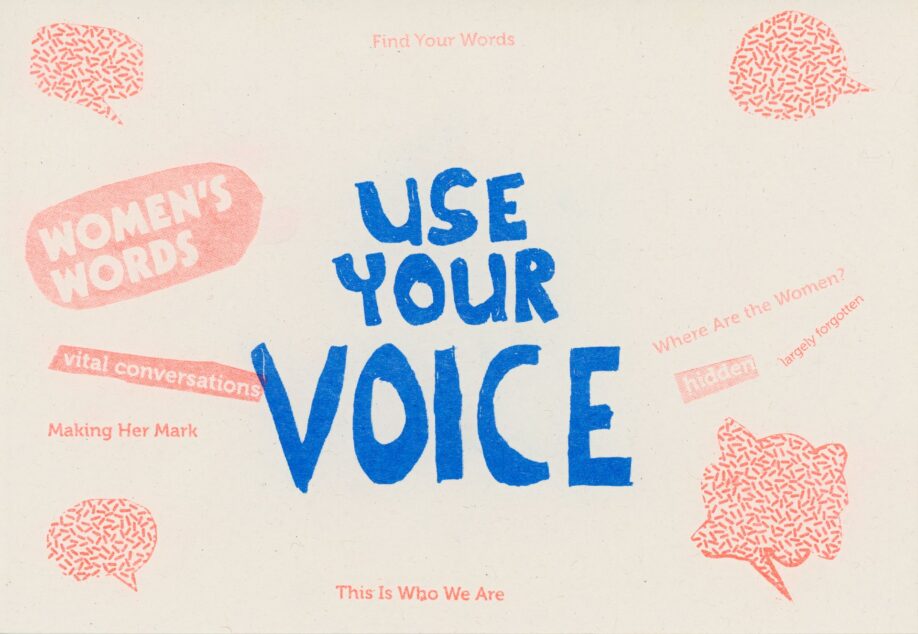As you all know, Glasgow’s Women’s Library has many things to offer, and one of them deserving special attention: its archive which have a great number of objects, letters, photos and notes. As a student of Gender Studies at the University of Stirling and intern in GWL I have a great opportunity to explore and research the archives. All those boxes on the archive shelves are full of priceless photo albums, letters, bulletins etc. which can help us to fill some gaps in women history. The project in which I’m involved concentrates on the Scottish Abortion Campaign (1975-2002) based on the Abortion Act from 1967.
Abortion is still a controversial subject for many people. Those who follow international news are aware that thousands of Polish women have been protesting for their reproductive rights the past year, rights which are currently limited. This is why I consider my subject of research to be topical even though I’m concentrating on a different geographical region. Working on this project made me realise that since the Act made abortion legal in Great Britain (with the exception of Northern Ireland) women involved in the Scottish Abortion Campaign became guards of the Act and wanted to participate in some research (which will be described below). This approach of Scottish women, who were engaged in the Scottish Abortion Campaign, can become an example for Polish women who, I assume, will need to address similar issues when abortion becomes legal in the future.
The first box on which I concentrated contains NHS Abortion Facilities and Statistics in Scotland from 1985-1987. The collection includes a number of statistics from the United Kingdom and Scotland, leaflets, personal correspondence and official letters sent from the Scottish Abortion Campaign to Health Boards across Scotland, which I found especially interesting. I would like to highlight the most interesting information (from my perspective) which I found so far:
- Two of the most active correspondents were Liz Armstrong, member and spokeswomen of the Scottish Abortion Campaign, and Janet Sparks with whom Armstrong was working together on the “Facilities Survey”.
- The main aim of the survey was to clearly identify the areas where abortion facilities were either inadequate or even non-existent.
- SAC (Scottish Abortion Campaign) requested STUC (Scottish Trades Union Congress) to support their campaign for more and better distributed NHS abortion facilities in Scotland
- Janet Sparks noted that Regional Facilities had no information about: “women who try to get an abortion, lack of information about ethnic origins and social class and how women of different ethnic origins and social classes are treated”.
The correspondence sent by Janet Sparks and Liz Armstrong reveals their determination and awareness how important their research project is. I almost felt frustrated while analysing all the letters sent by them to the Health Boards (15) to collect information, as most of the time, they received the same laconic answer, namely that they cannot provide the data that they were required because it was confidential. It was an amazing feeling to see on the bottom of the box a few ‘Abortion Facilities Surveys’ published by the Scottish Abortion Campaign after over two years of research.
All these files made me realise that women who are now fighting for their reproductive rights (in this case I’m thinking of Poland, where this subject is highly debated by politicians, media and society) will also need to be active after legalization of abortion. As their Scottish sisters they will need to protect the Act and make their own research project across the country.

